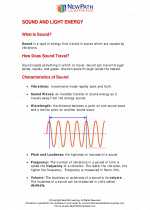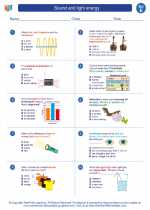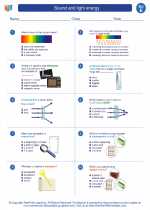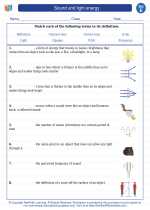Sound and light energy -> surface tension
Surface Tension
Surface tension is the property of a liquid that allows it to resist an external force due to the cohesive nature of its molecules. It is caused by the attraction between the molecules at the surface of the liquid.
Causes of Surface Tension
Surface tension is caused by the cohesive forces between the molecules of the liquid. The molecules at the surface are pulled inwards by the other molecules, creating a thin "skin" on the surface of the liquid.
Effects of Surface Tension
Surface tension causes liquids to form droplets, as the cohesive forces pull the molecules together to minimize the surface area. It also allows certain objects, like insects or small paper clips, to float on the surface of water due to the surface tension forces.
Measuring Surface Tension
Surface tension can be measured using a variety of methods, including the capillary rise method, the drop weight method, and the maximum bubble pressure method. These methods allow scientists to quantify the surface tension of different liquids.
Applications of Surface Tension
Surface tension has many practical applications, including in the formation of soap bubbles, the functioning of water striders, and the capillary action in plants. It is also important in industrial processes such as inkjet printing and the production of certain types of coatings.
Study Guide
- What causes surface tension in a liquid?
- How does surface tension affect the formation of droplets?
- What are some methods used to measure surface tension?
- Provide examples of practical applications of surface tension in everyday life.
- Explain how surface tension allows certain small objects to float on the surface of water.
[Surface Tension] Related Worksheets and Study Guides:
.◂Science Worksheets and Study Guides Fifth Grade. Sound and light energy

 Activity Lesson
Activity Lesson
 Worksheet/Answer key
Worksheet/Answer key
 Worksheet/Answer key
Worksheet/Answer key
 Worksheet/Answer key
Worksheet/Answer key
 Worksheet/Answer key
Worksheet/Answer key
 Vocabulary/Answer key
Vocabulary/Answer key
 Vocabulary/Answer key
Vocabulary/Answer key
